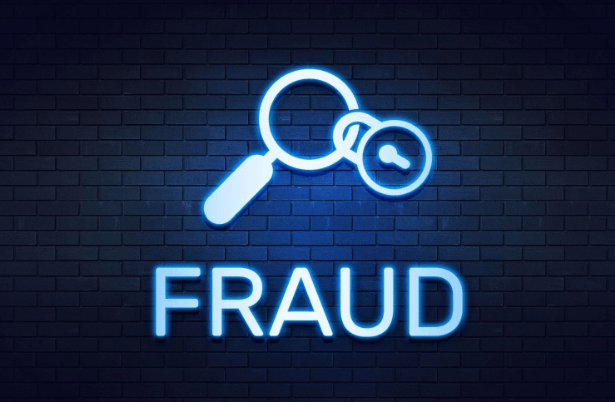Fraud Prevention in the Digital Age: Protecting Identity and Combating Deepfakes

Understanding the Evolving Landscape of Fraud
The digital-first environment has made fraud more complex because online activity and digital services have reached their highest point in the United States. The weapons employed by fraudsters in their schemes keep developing along with identity fraud and the concerning deepfake phenomenon. Americans lost $8.8 billion to fraud in 2022 based on FTC data while this figure rose by 30% from the preceding year’s reported losses.
What is Identity Fraud?
How Identity Theft Happens
The criminal acquisition and misuse of personal information like Social Security numbers or credit card details or medical files by unauthorized persons constitutes identity fraud which delivers profit to criminals. More than one-quarter of Americans have suffered identity theft based on research from Javelin Strategy & Research due to elevated data breaches and insufficient password security.
Common Identity Fraud Scams
Account takeovers
Fake loan or credit card applications
IRS tax fraud
The fight against fraud has pushed many people to invest in improved prevention techniques through authentication systems as well as monitoring services to protect their information.
The Rise of Deepfake Threats
Deepfake Technology Explained
Artificial intelligence (AI) drives deepfakes through the creation of authentic video or image or audio results. The technology that started as an entertainment platform has transitioned into becoming platforms which spread false information and facilitate fraudulent activities. A deepfake video of a business CEO induced an employee to send $243,000 to con artists in a notable case of cyber fraud.
Deepfake Detection and Its Importance
The detection of deepfake content has become essential for fighting fraud in modern society. Advanced detection tools examine pixel abnormalities along with blinking patterns and audio signal mismatch to catch AI-made content at the point where harm could occur. Technology companies alongside security corporations maintain investments in detection software because it helps them defeat cybercriminals.
Deepfake prevention takes a fundamental role in developing the cybersecurity framework.
Corporate and Government Measures
Multiple U.S. federal agencies have increased their efforts to establish rules for deepfake content management. The National Defense Authorization Act for FY2021 established an investigation regarding deepfakes while multiple states passed legislation to control synthetic media in political advertisements.
Individual Best Practices
Deepfake prevention gets assistance from individuals through these key steps:
Users should refrain from making their personal media available to the public domain
People should check the credibility of their video sources both when they want to believe the content and when they plan to share it.
Trustworthy verification systems provide the best solution to doubtful situations.
The prevention of identity fraud through deepfakes has become increasingly important because criminals now use deepfakes for victim impersonation in video KYC (Know Your Customer) procedures.
Fraud Prevention Tips for Consumers
Safeguarding Personal Information
Set powerful separate passwords with two-step verification as an added security measure.
People should examine their bank statements together with their credit card statements on a regular basis.
Users should never click on questionable links that appear in received emails or messages.
Using Technology to Your Advantage
Real-time alerts about suspicious activities can be received through U.S.-based fraud prevention services operating in the country. Free credit report checks through Equifax Experian and TransUnion provide consumers with an opportunity to discover identity fraud at an early stage.
The Role of Businesses in Fraud Prevention
Building Safer Systems
Businesses should develop comprehensive identity verification protocols which include deepfake detection features to stop identity fraud attempts during new client enrollment and all business transactions. Facial recognition together with liveness detection represents an essential approach that businesses currently deploy extensively.
Employee Training
Employee awareness is key. Organizational security improves when employees receive training about phishing schemes and unusual activities that protects the company from social engineering attacks.
Legal and Regulatory Updates in the U.S.
Legislative Efforts
The U.S. government operates actively to address new threats of fraud. The states of California and Texas along with other jurisdictions have passed laws to stop deepfake misuse as a criminal tool. The FTC along with the Department of Homeland Security persistently distribute fraud trend information together with supporting resources for the public.
Final Thoughts: Staying Ahead of the Curve
Technology growth leads to new methods employed by fraudsters in their criminal activities. The prevention of identity fraud together with effective deepfake detection and prevention strategies must be considered mandatory for both individuals and organizations. Following best practices together with smart tools as well as staying informed will help you minimize your exposure to risks.






![Kontext [dev] Cubist Art Generation, Turning Everyday Photos into Artistic Masterpieces](https://francechevalturf.com/wp-content/uploads/2025/07/8-1-390x220.png)
